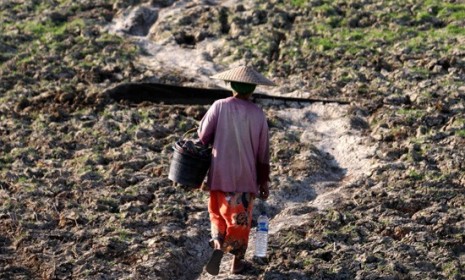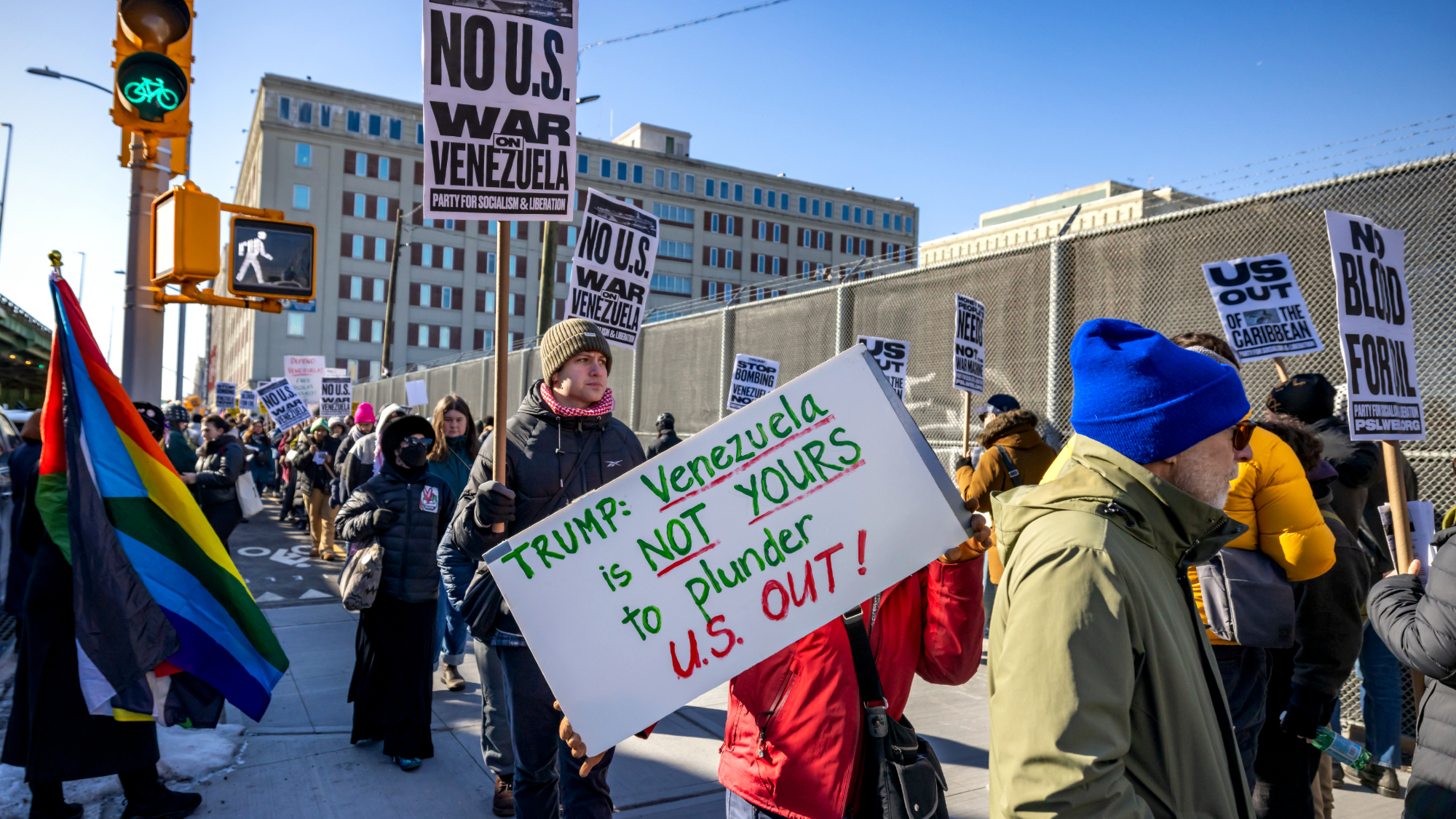Does El Niño cause civil wars?
Researchers believe there's a strong link between armed conflict and the occurrence of El Niño weather patterns

In the run-up to a civil war, a number of factors — political instability, economic policy, and racial or ethnic differences — can play an important role in triggering the violence. Add one more potential contributor to that list: El Niño, and the drastic weather changes that come with it, according to a new study published in Nature. Here, a guide to this research:
What is El Niño?
The weather cycle known as El Niño occurs roughly every three to seven years. When the trade winds that typically blow over the Pacific Ocean slow or stop, the usual upwelling of cold water from the deep ocean falters, and warmer surface water moves in to replace it. The resulting increase in the temperature of the surface water across the Pacific dramatically changes weather patterns worldwide, producing heavy rain in areas that are usually dry, and drought in areas that are typically wet.
The Week
Escape your echo chamber. Get the facts behind the news, plus analysis from multiple perspectives.

Sign up for The Week's Free Newsletters
From our morning news briefing to a weekly Good News Newsletter, get the best of The Week delivered directly to your inbox.
From our morning news briefing to a weekly Good News Newsletter, get the best of The Week delivered directly to your inbox.
How does El Niño affect civil warfare?
By disrupting food supplies, primarily. The weather effects of El Niño are felt strongest in tropical regions around the globe, and "the conditions ruin agriculture, the main source of income in poor tropical nations," says Darryl Fears in the Washington Post. The subsequent lack of food and loss of income can often trigger armed conflict: "When crops fail, people may take up a gun to make a living," says researcher Solomon Hsiang of Columbia University, as quoted in the Guardian.
Is there any proof of an El Niño-warfare link?
Yes, statistics show a clear link between weather and outbreaks of violence. Researchers concluded that the El Niño weather in 1982 contributed to civil unrest in Peru. Similar associations were made for the strife that occurred in Sudan in 1963; in El Salvador, the Philippines, and Uganda in 1972; in Angola, Haiti, and Myanmar in 1991; and in Congo, Eritrea, Indonesia, and Rwanda in 1997. Overall, the arrival of El Niño doubled the risk of internal violence in 90 affected tropical countries, according to the study.
A free daily email with the biggest news stories of the day – and the best features from TheWeek.com
So could El Niño predict civil warfare?
Not on its own: El Niño "is not the only factor — you have to consider politics, economics, all kinds of other things," says study co-author Mark Cane, as quoted in the International Business Times. Australia, for example, often endures oppressive drought during an El Niño cycle, but because of its political and economic stability, it does not descend into civil unrest. But, Cane notes, global climate change could produce many of the same effects as El Nino, including armed conflict, in areas that typically aren't affected by El Niño.
Sources: Guardian, Intl. Business Times, Nature, Scientific American, Wash. Post


